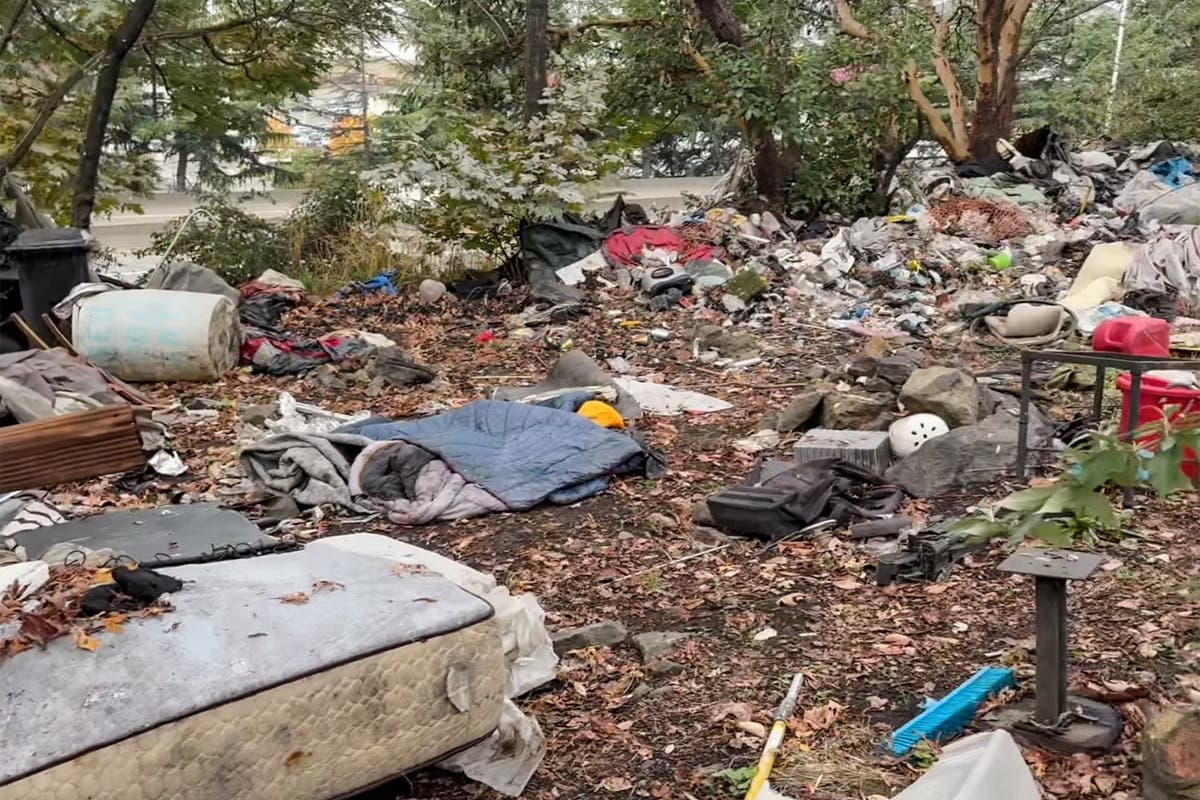
MOVE bombing victims: The remains at Princeton and the Penn Museum are part of a horrific open secret.
SlateIn a 2019 video tutorial produced by Princeton, students watched the smiling white anthropologist Janet Monge and a University of Pennsylvania undergraduate hold a human pelvic bone and a femur up to the camera as rows of human skulls, backlit and neatly lined up in wooden cabinets, rested behind them. Museums and universities’ brutal habit of collecting human remains without family consent, proper identification, or public knowledge is far from a relic of the 19th century. Samuel Redman, a historian and author of Bone Rooms: From Scientific Racism to Human Prehistory in Museums, told me in an interview that he was shocked by “the fact that so many individuals were inspired by earlier 19th century collectors and continued to gather bodies well into the 20th century.” Museums with reputations for holding remains became repositories for missionaries, army medical officers, and other amateur bone collectors, who sometimes gathered remains tilled up during farming or construction projects. Despite physical anthropologists’ attempts at distancing themselves from their 19th century forebears like Samuel Morton by emphasizing their finds’ archaeological value, Redman found, 20th century museums still functioned—and continue to function—as sites where human remains are transformed into “specimens” by elite academics. Ezelle Sanford III, a historian of medicine and postdoctoral fellow in the Penn Program on Race, Science and Society, which deals directly with the university’s legacy of scientific racism on campus, called Monge’s words just “the most recent example of an ongoing legacy of Black people’s bodies used for academic research and pedagogy.” Sanford studies centuries of scientific racism within elite institutions, from J. Marion Sims’ gynecological experiments on enslaved women in the 19th century to the harvesting of Henrietta Lacks’ cervical cells at Johns Hopkins University in 1951 and Penn professor Albert Kligman’s use of imprisoned men at Philadelphia’s Holmesburg Prison for dermatological research from the 1950s to the 1970s.
History of this topic

Penn Museum reburies the bones of 19 Black Philadelphians, causing a dispute with community members
The IndependentPenn Museum buries the bones of 19 Black Philadelphians, causing a dispute with community members
Associated Press
Is it ever ethical for museums to display human remains?
BBC
Penn Museum Apologizes For 'Unethical Possession Of Human Remains'
NPRDiscover Related



































